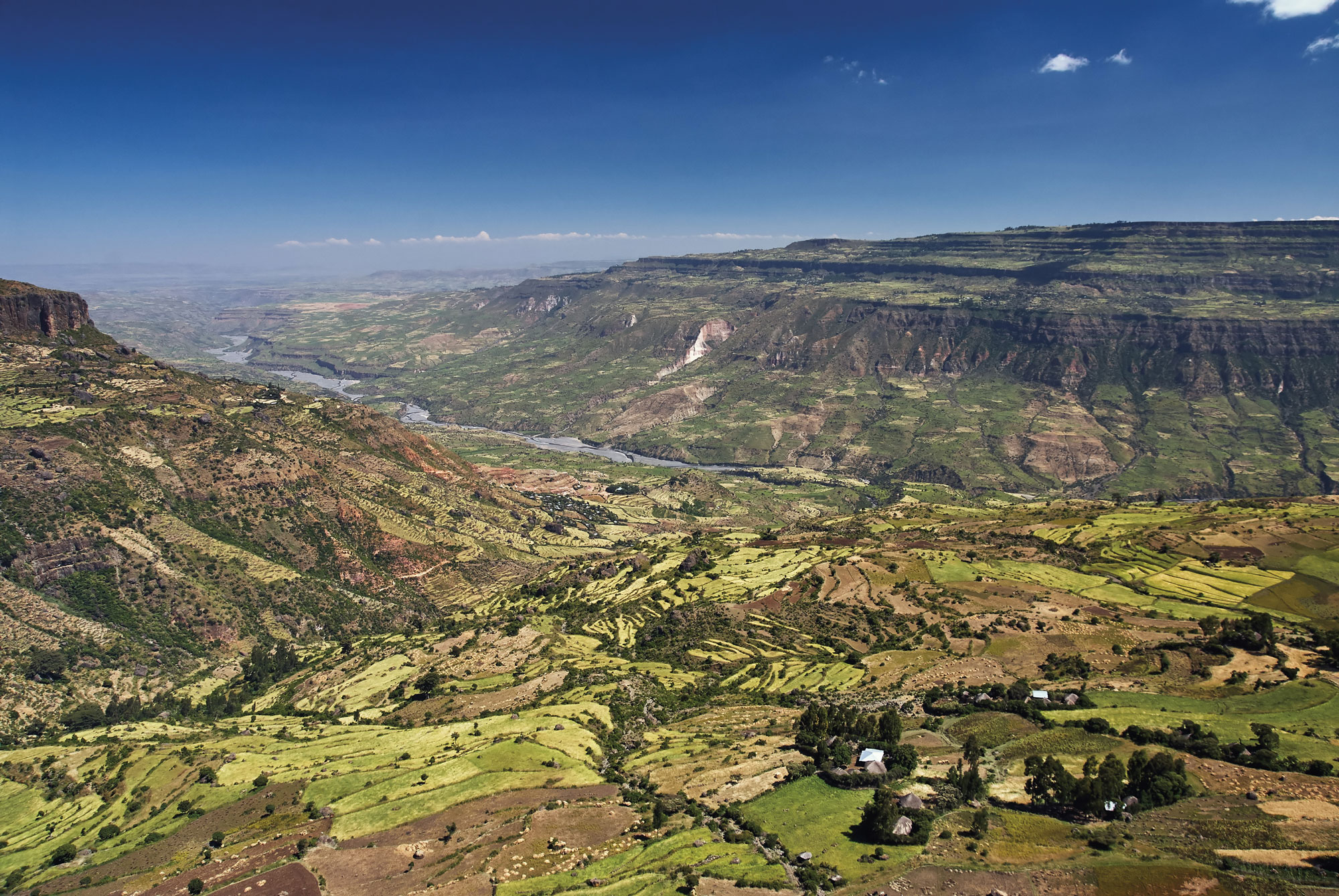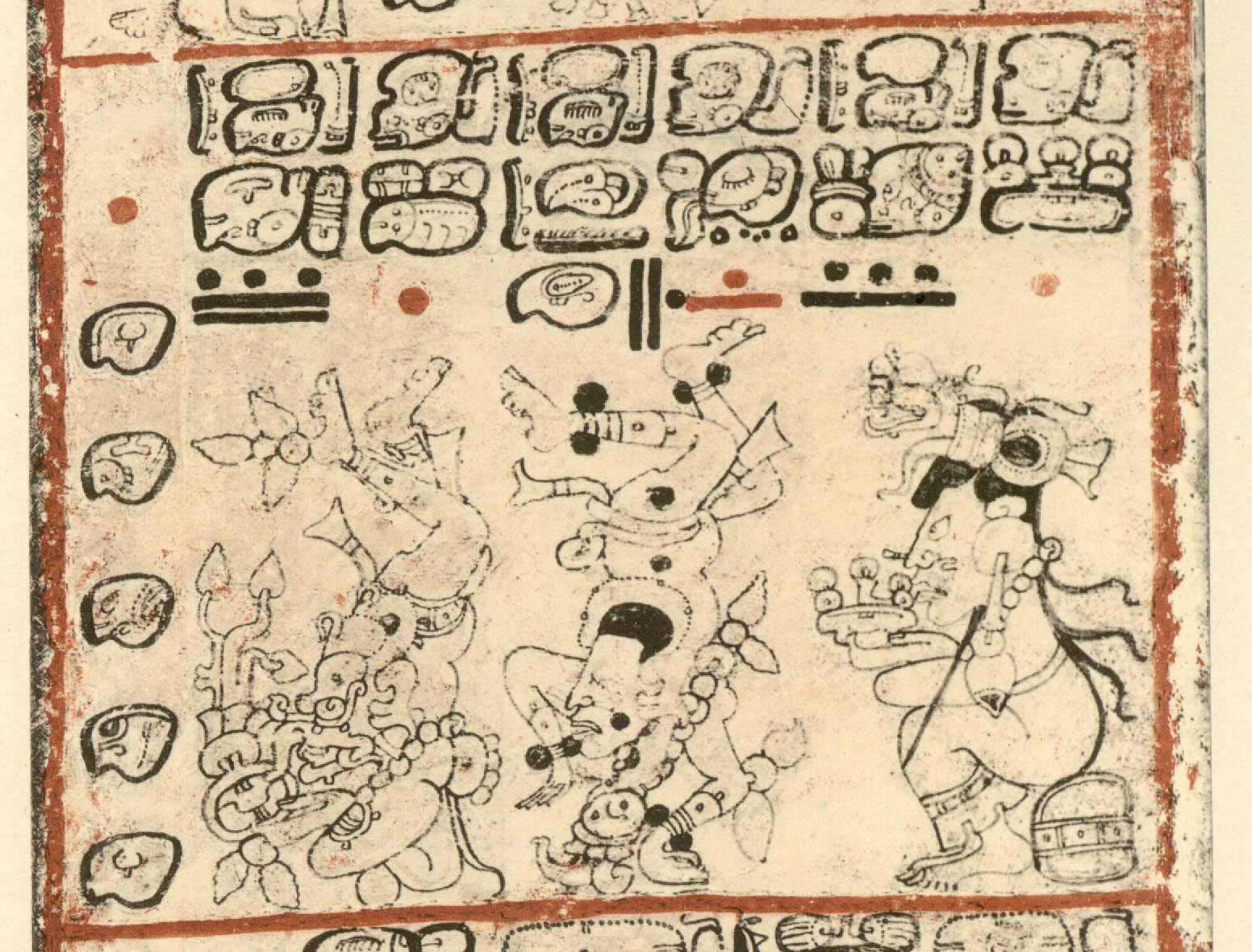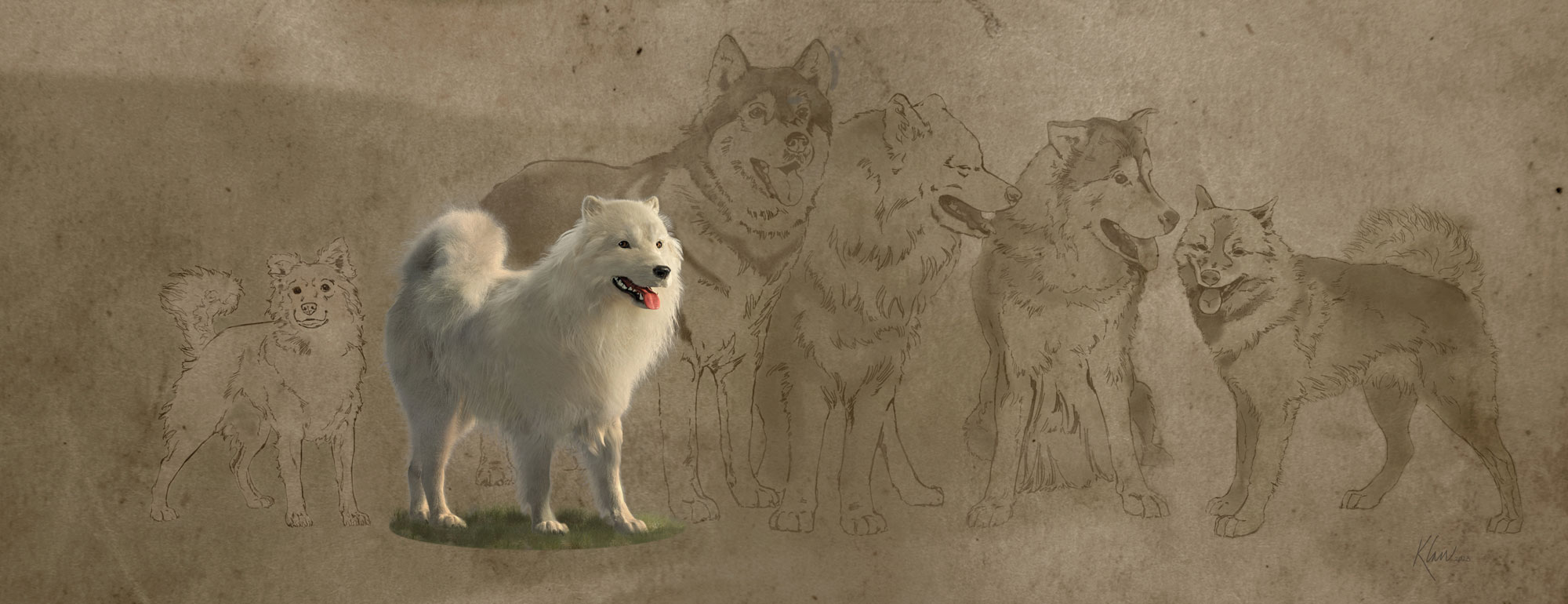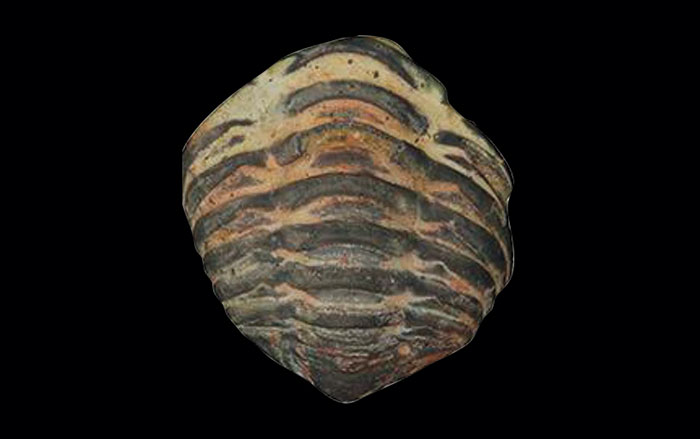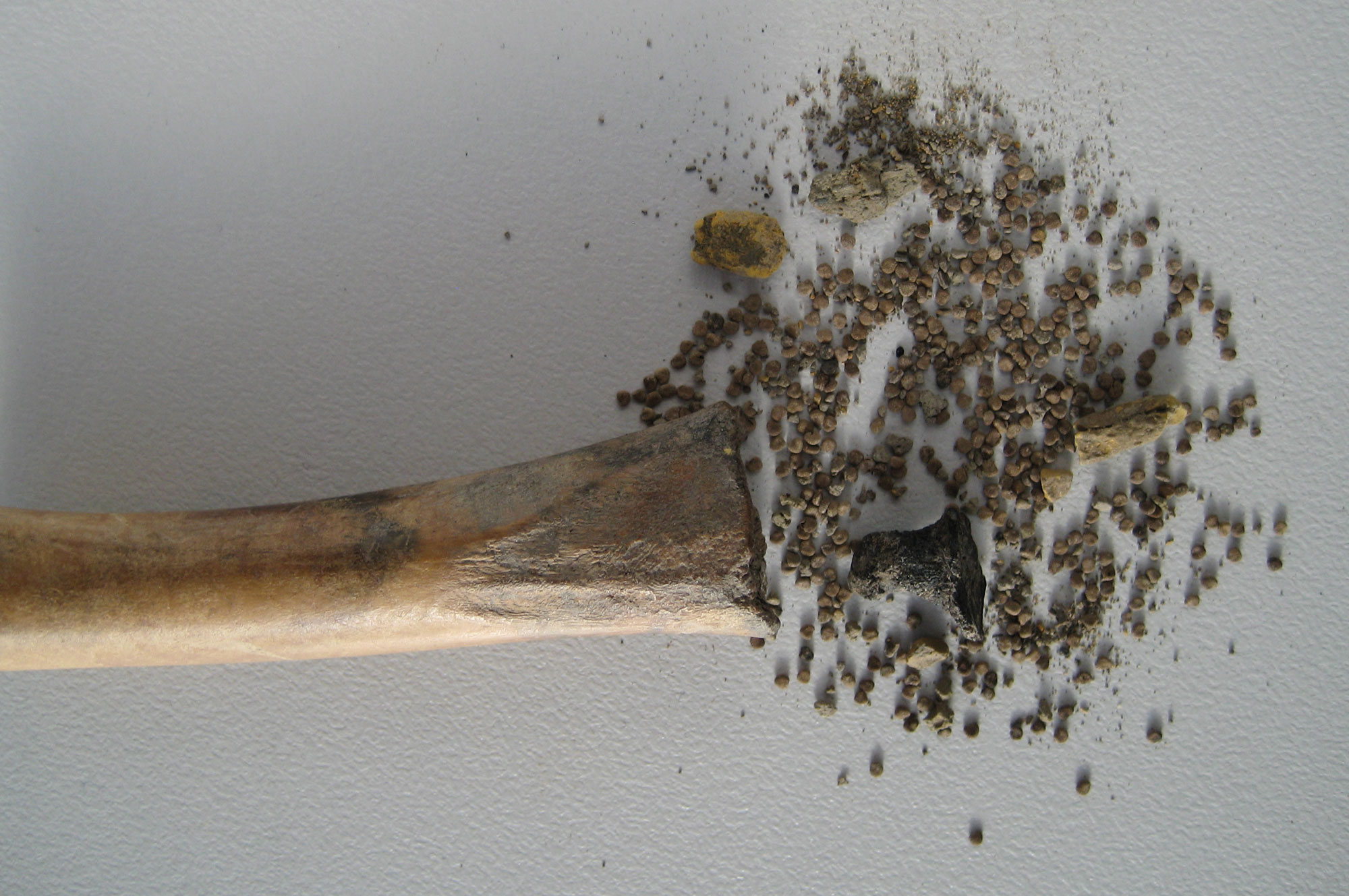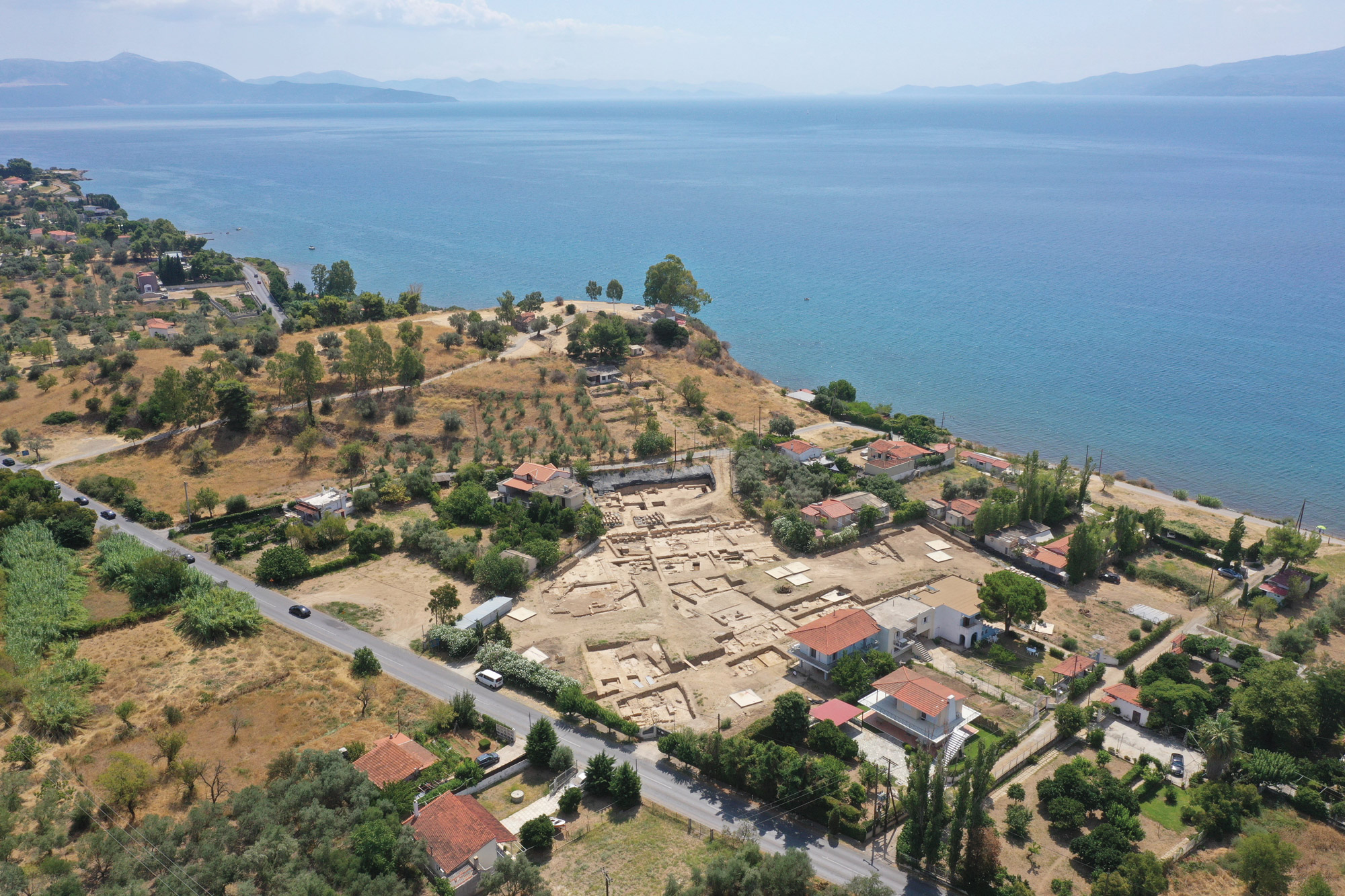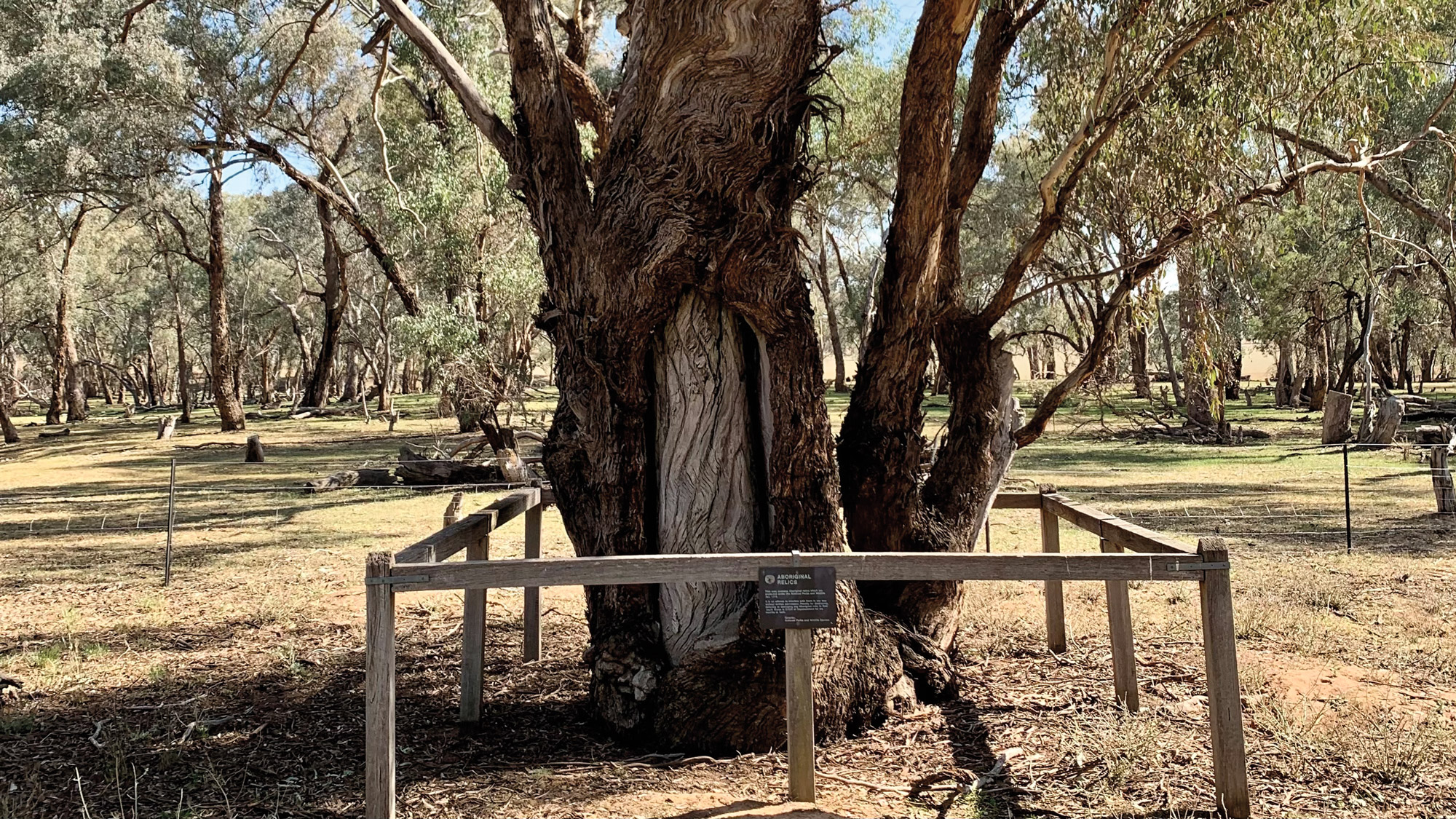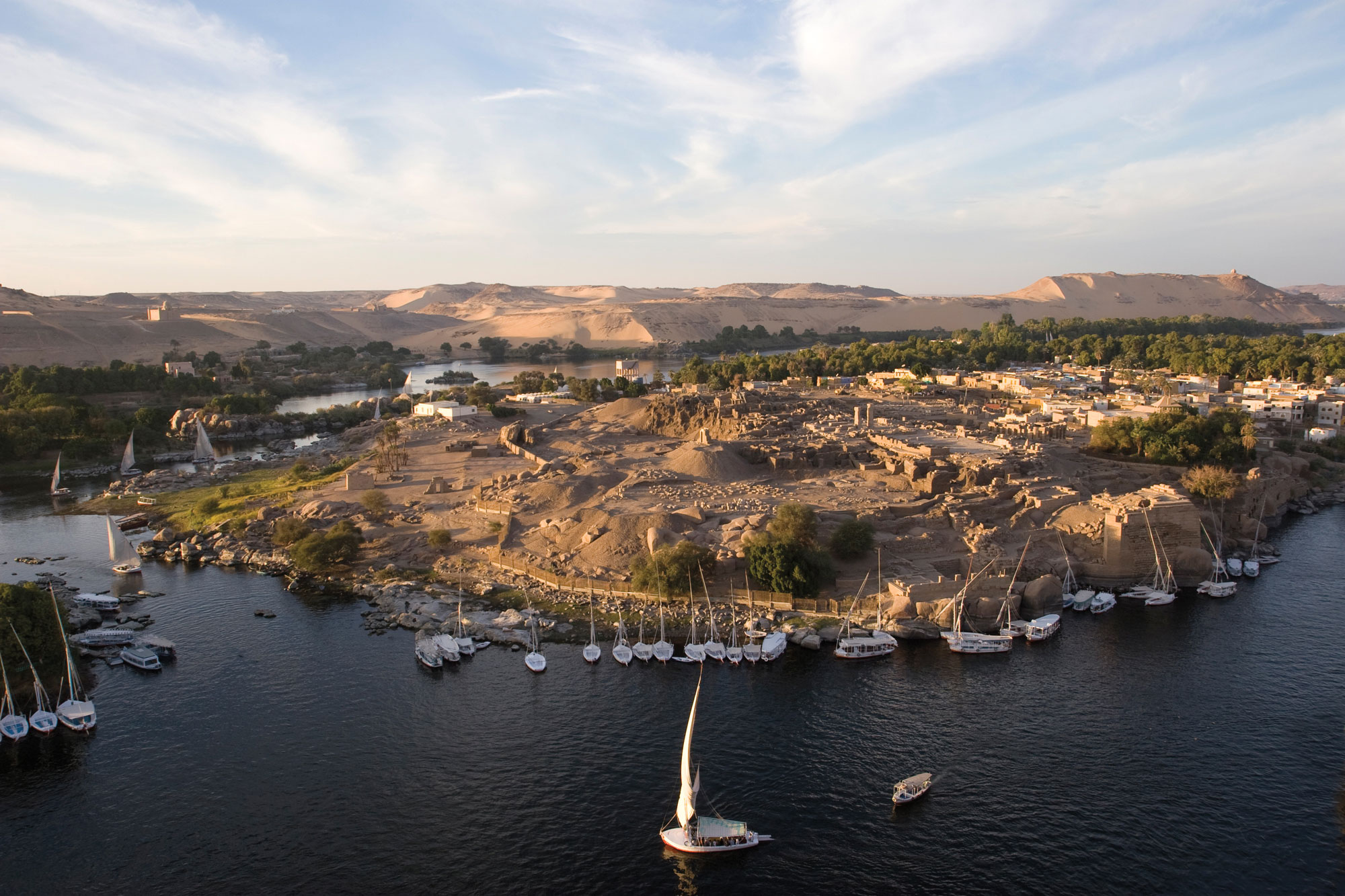Archaeologists know a great deal about the Roman Empire. They know its dates: Octavian assumed the title of emperor and the name Augustus in 27 b.c. The last Western Roman emperor was forced to abdicate in a.d. 476, while the last Eastern Roman emperor died in 1453. They know the empire’s extent: At its largest, in the second century a.d., it covered nearly two million square miles. They know about masterful artworks, massive aqueducts, and countless surviving laws, poems, and plays. Yet they don’t know very much about the genetics of Rome’s residents. To begin to understand the origins of the people who lived in and around what would become the empire’s capital, an international team including archaeologist Hannah Moots of the Centre for Palaeogenetics sampled DNA from 127 people buried over 12,000 years at 29 sites in Rome and its vicinity.
The earliest genomes come from three hunter-gatherers who lived between 12,000 and 9,000 years ago. The team learned that they were genetically similar to contemporaneous hunter-gatherers elsewhere in Europe. Researchers noticed that a change in Roman genetics occurred as early farmers arrived about 9,000 years ago from northwestern Anatolia (modern Turkey), as they did elsewhere in Europe. Unlike other early European farmers, though, the Roman farmers carried a genetic trait found in Neolithic farmers from Iran. “This may indicate that some of Rome’s early farmers came from different places than the rest of Europe’s,” Moots says.
Over the following millennia, the genes of Rome’s residents would shift again as new technologies allowed people to move around the Mediterranean more easily. Beginning in the tenth century b.c., Rome grew from a village into a small city-state and, eventually, a cosmopolis of one million. “By about 200 b.c., we see that some people had genetic ancestries resembling modern Italians, whereas others had Middle Eastern or North African ancestries,” says Moots. As the empire grew, so too did the capital’s genetic diversity. The team found that, between 27 b.c. and a.d. 300, most people in Rome had eastern Mediterranean and Middle Eastern ancestry, greatly outnumbering those with genetic profiles similar to the earlier local population.
In a.d. 395, the empire was carved into western and eastern halves, and the capital was moved to Constantinople (modern Istanbul). Around this time, tribes from across Europe attacked Rome, mixed with the local population, and created a dangerous environment that dramatically limited people’s mobility. These newcomers further increased Rome’s genetic diversity. “It was surprising how much Rome’s population mirrors the territory it was connected to at the time,” says Moots. “When the empire spans the whole Mediterranean, we see people from the entire Mediterranean, and when the empire splits in two, you don’t have as many people coming in from the eastern Mediterranean, but you do still see mobility from central and western Europe and North Africa. The genetic information parallels what we know from historical and archaeological records. Rome was really a genetic crossroads.”




